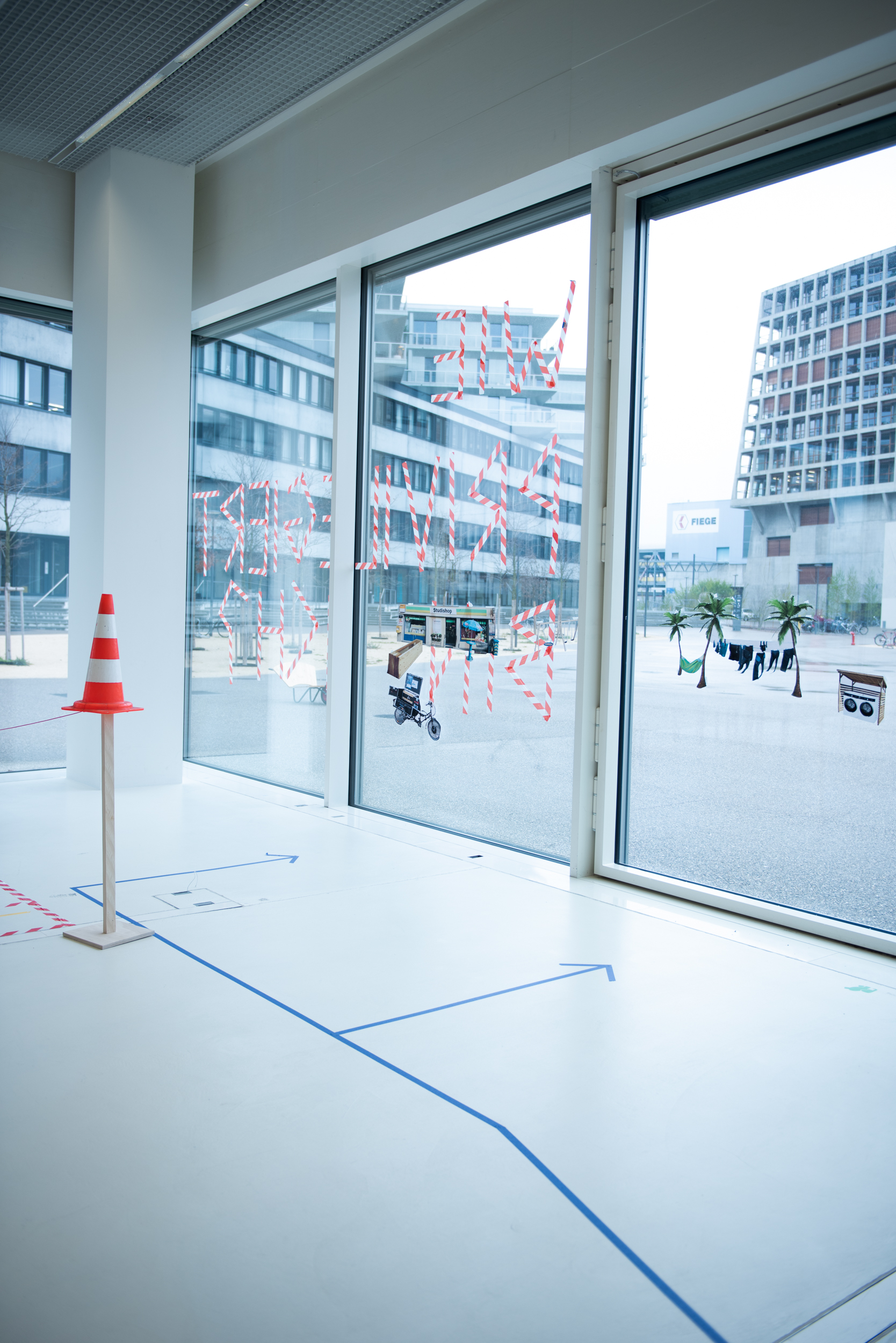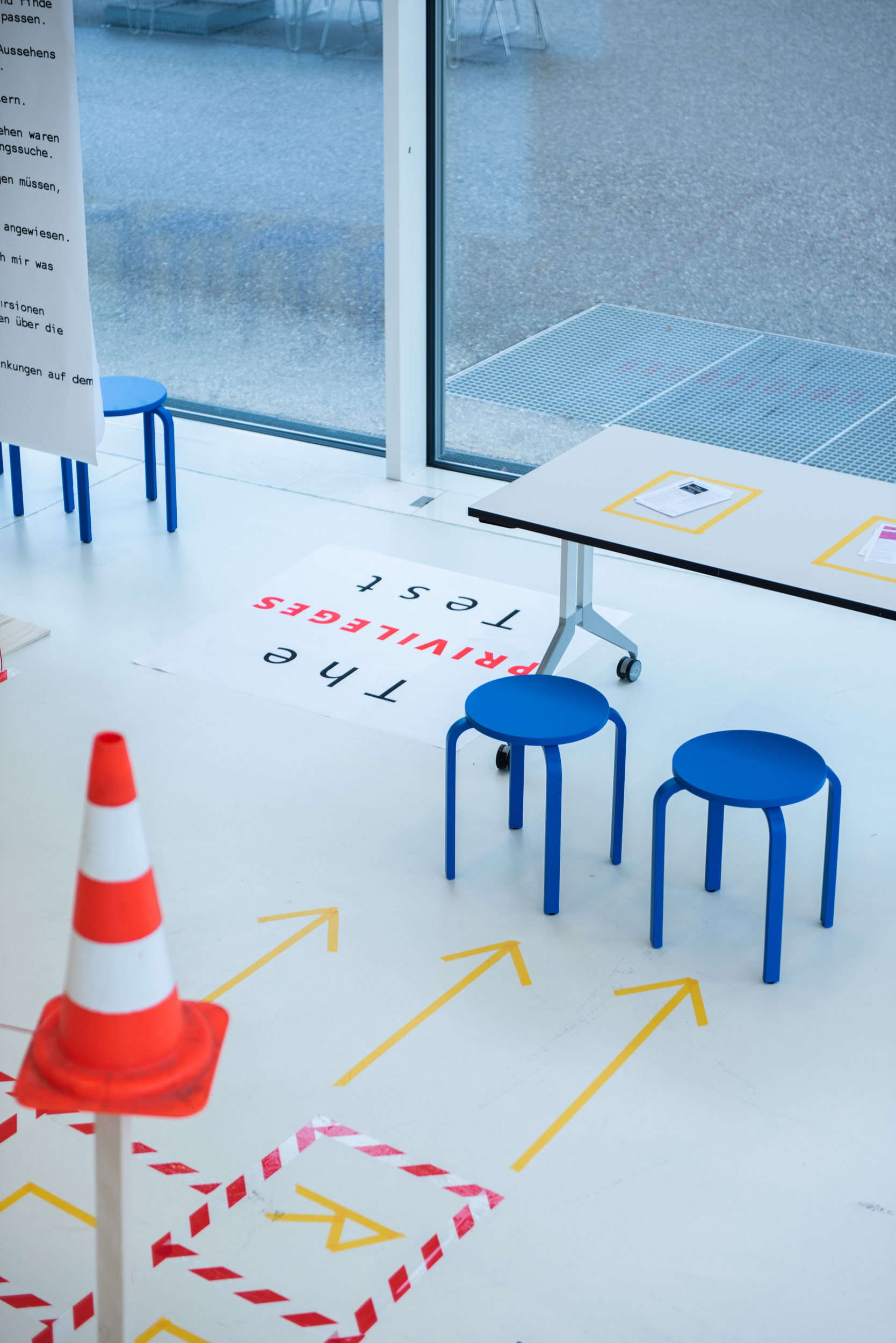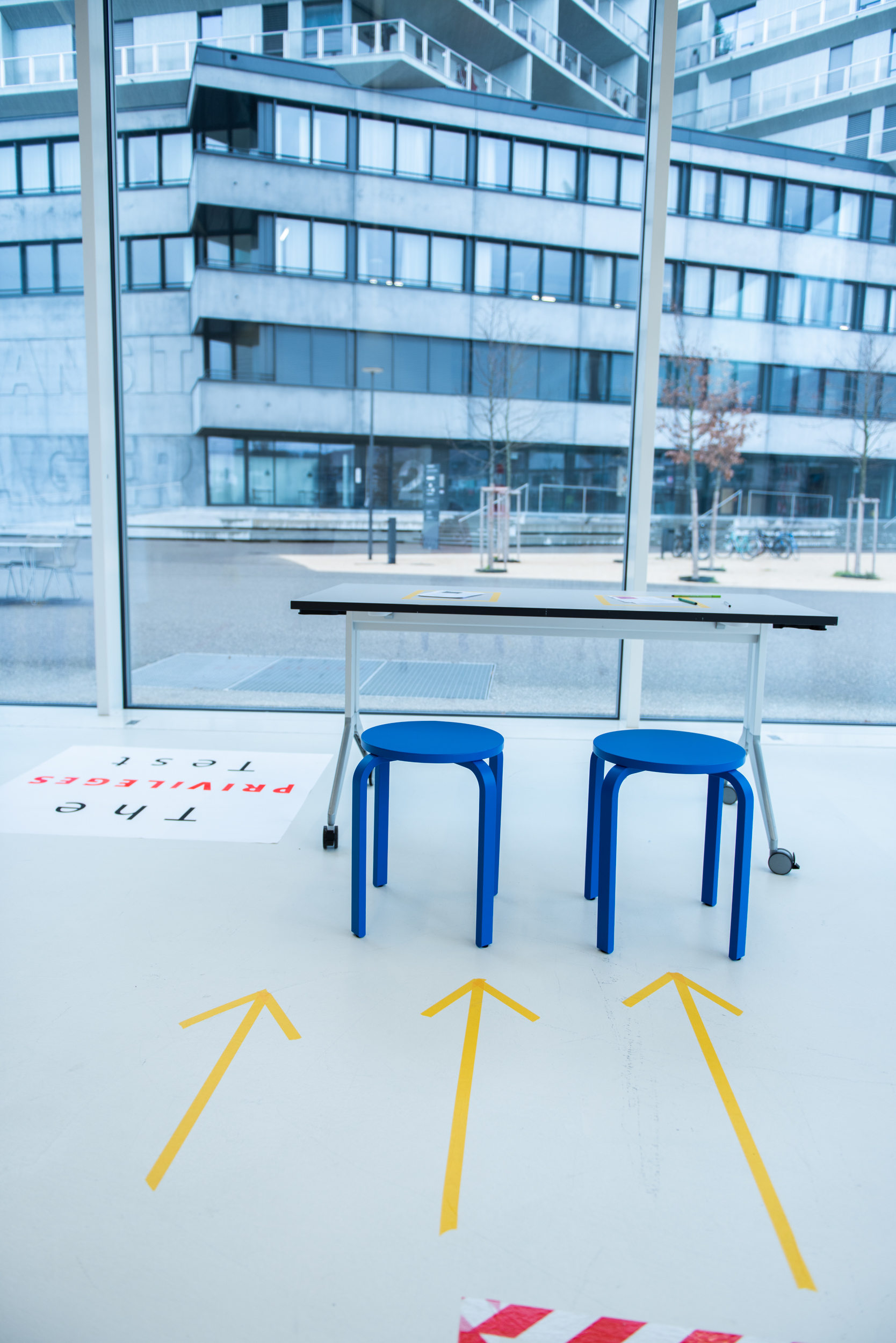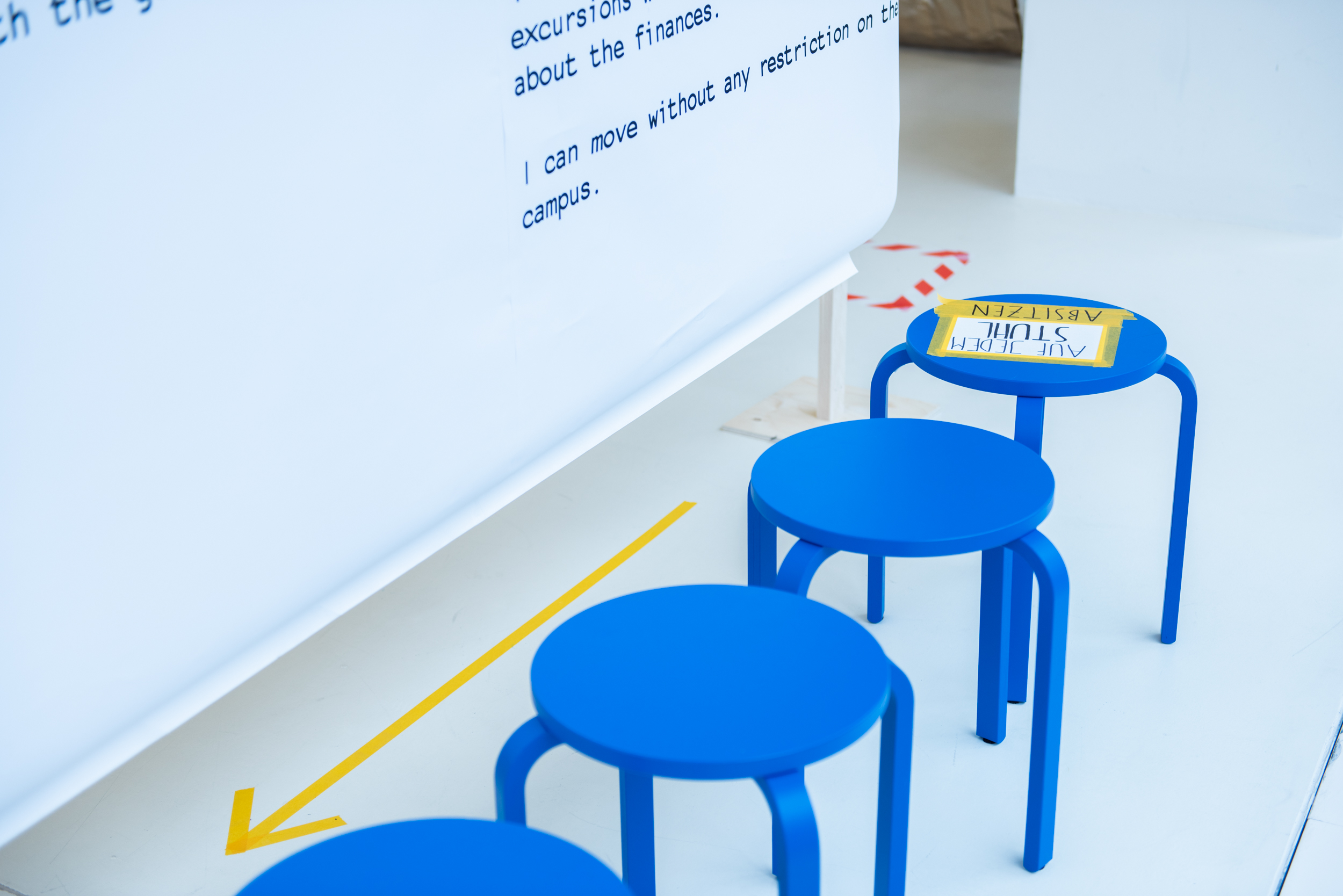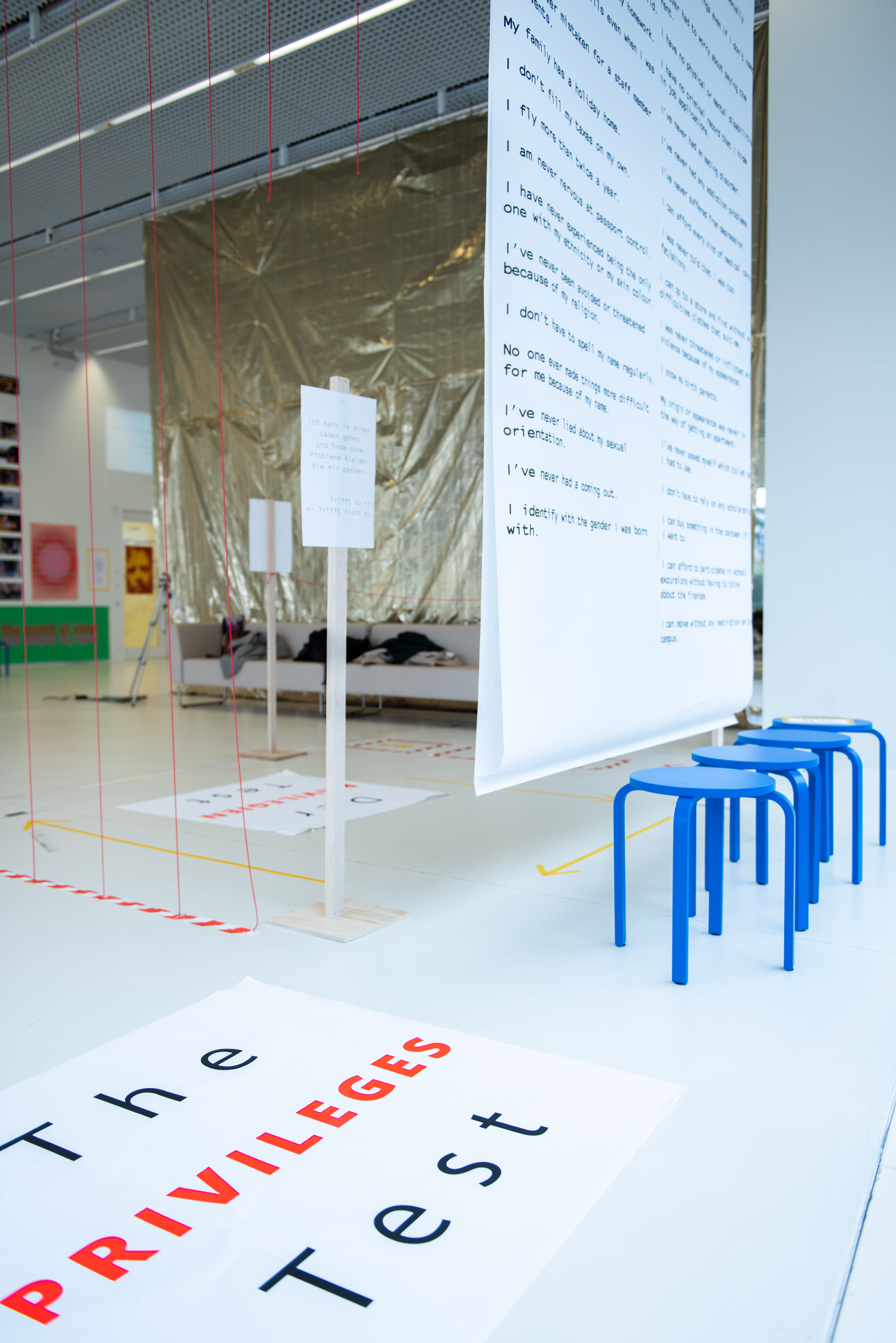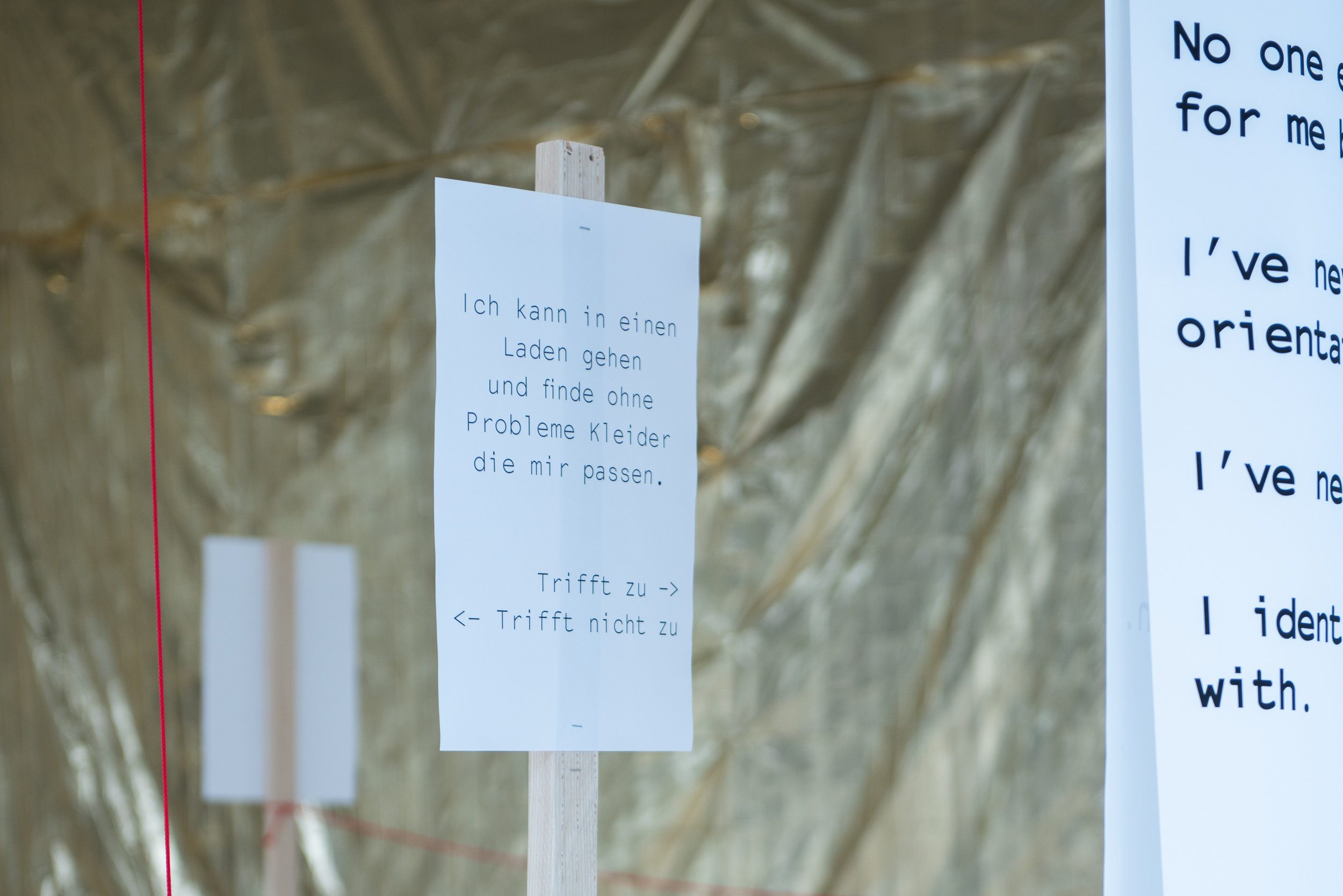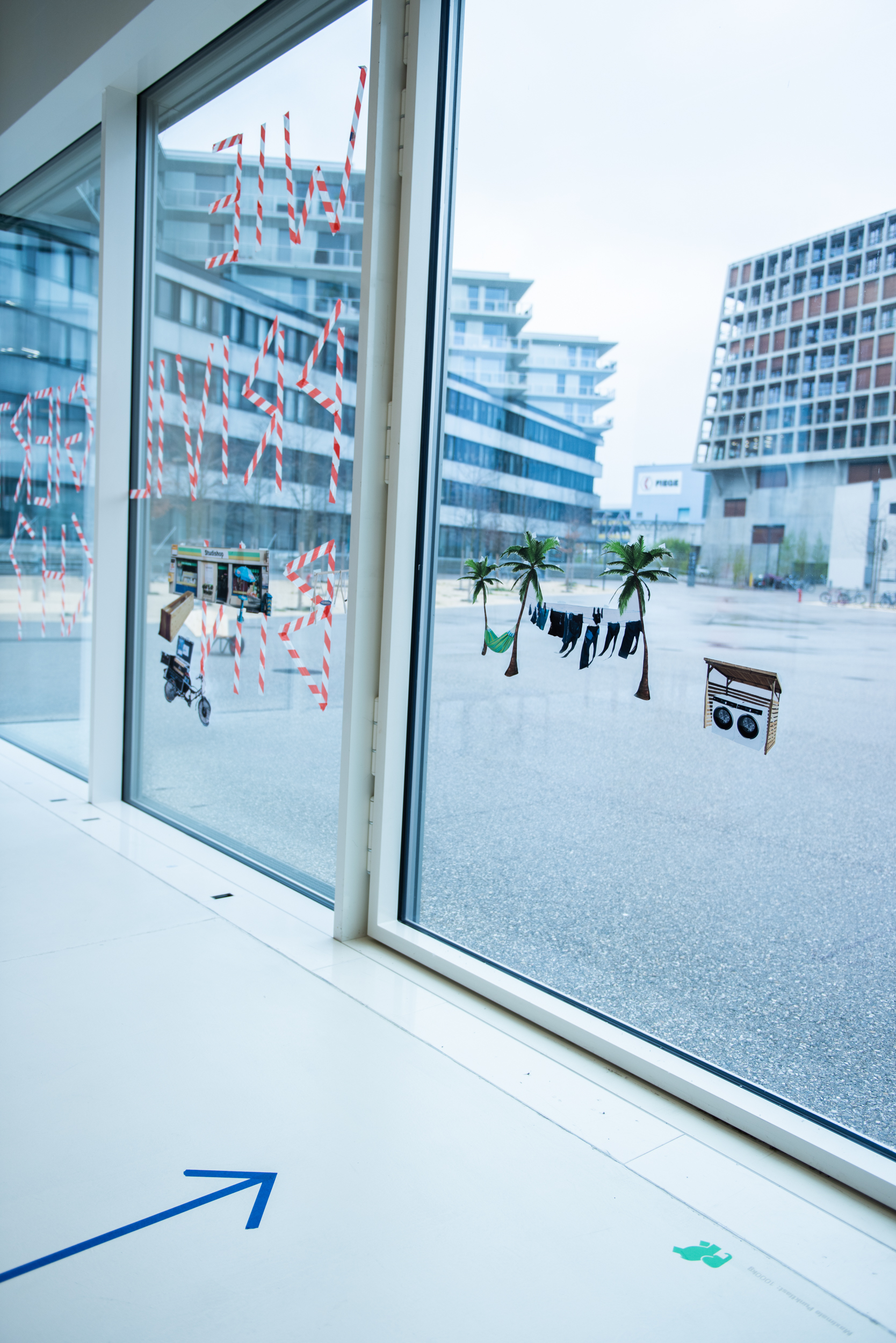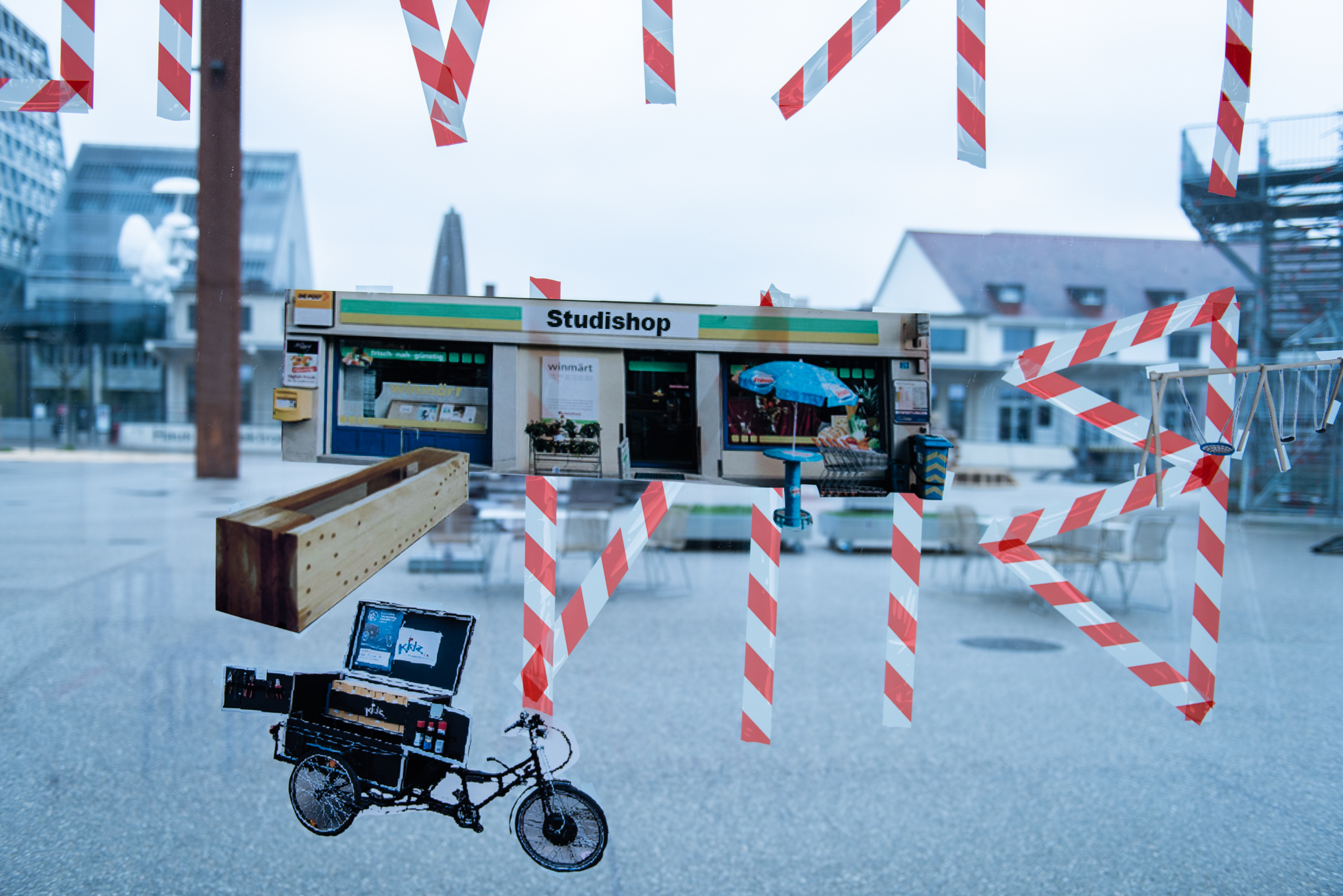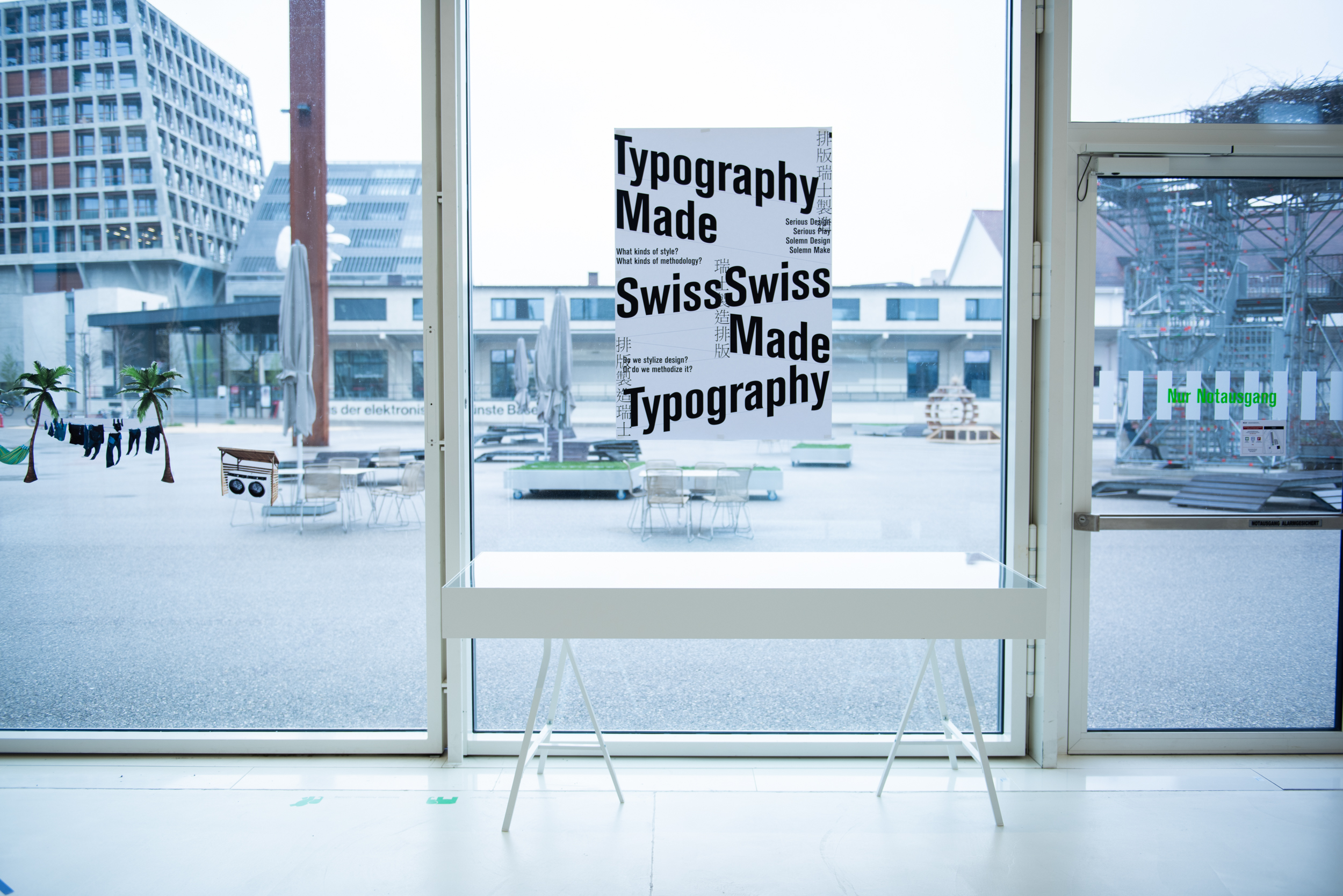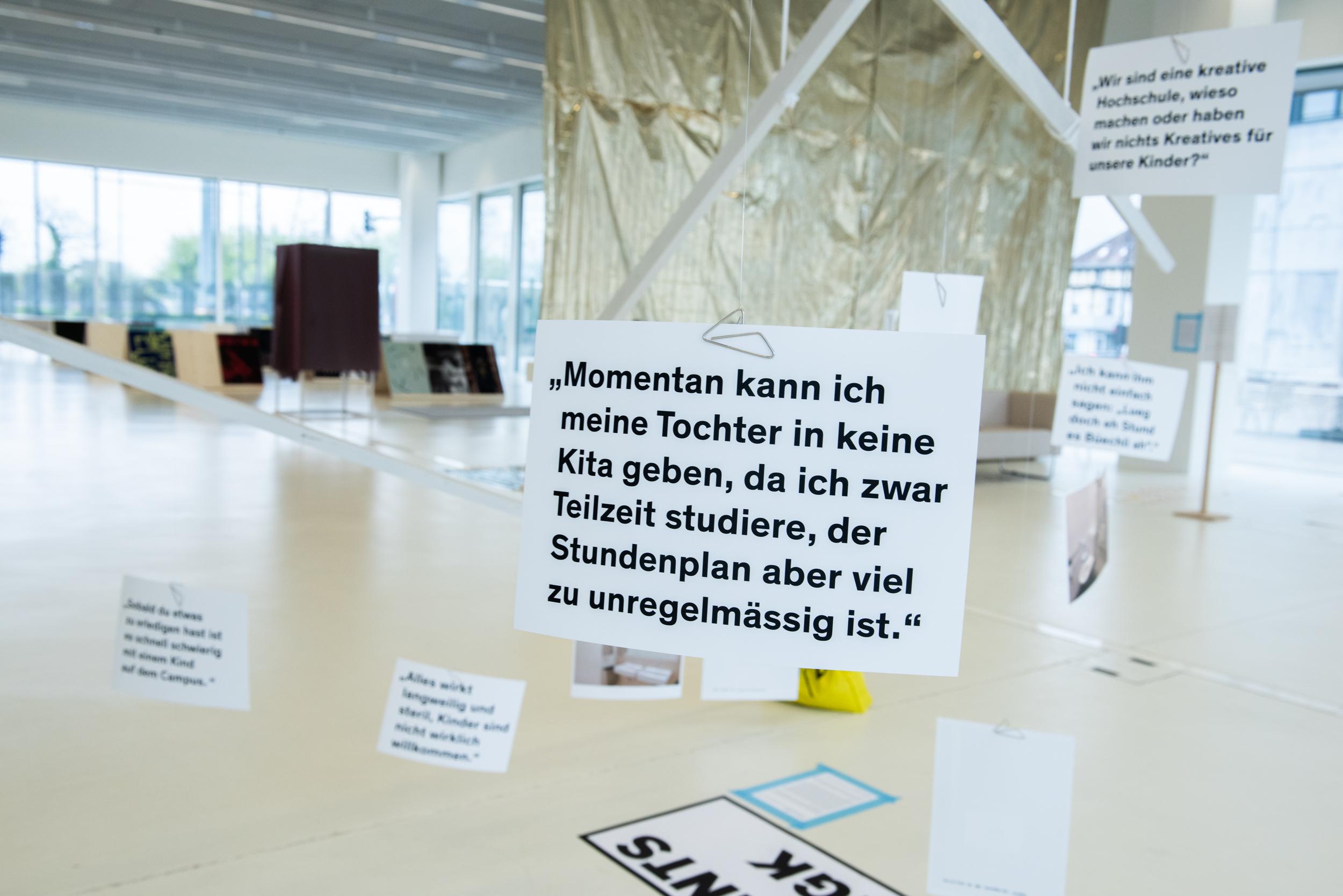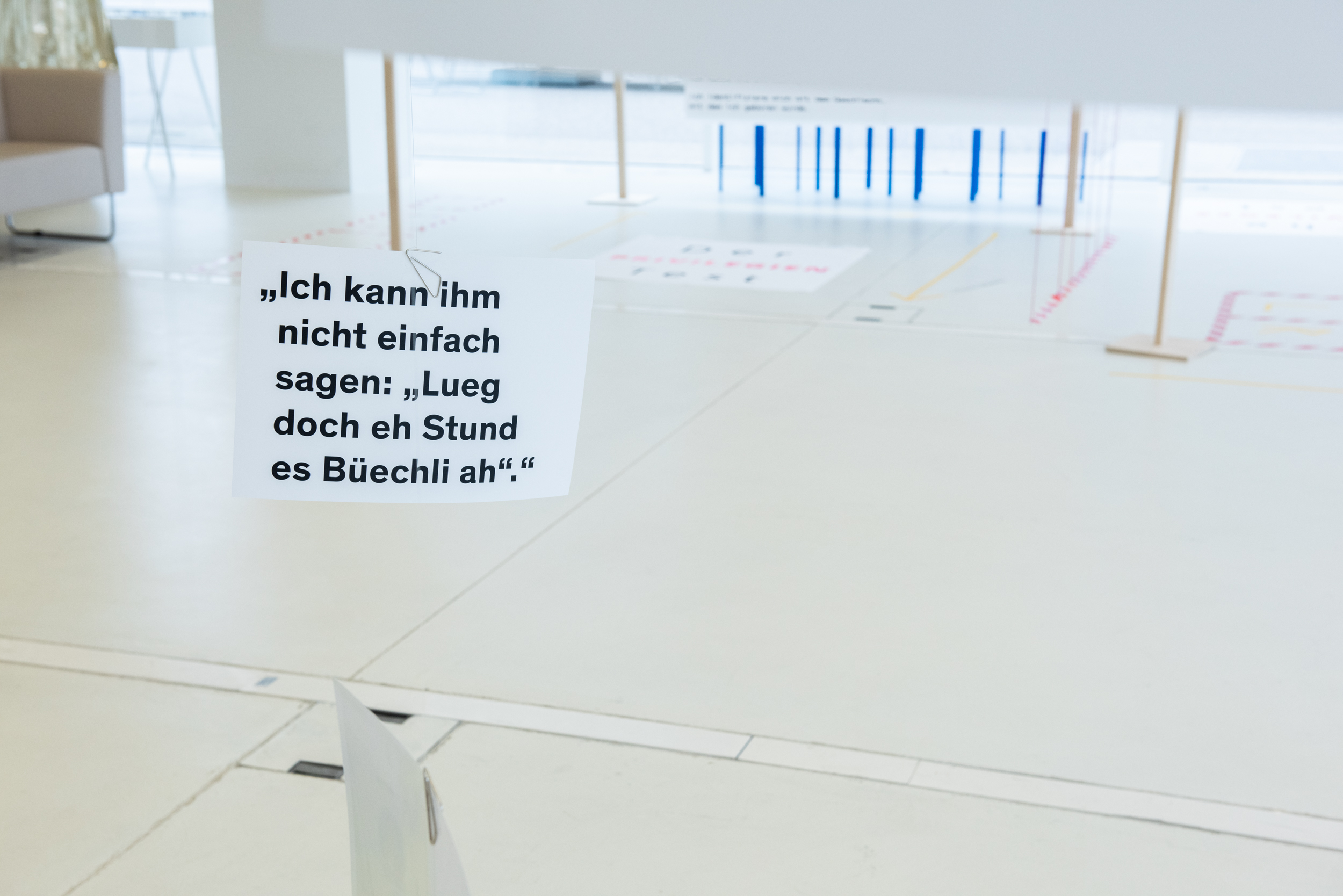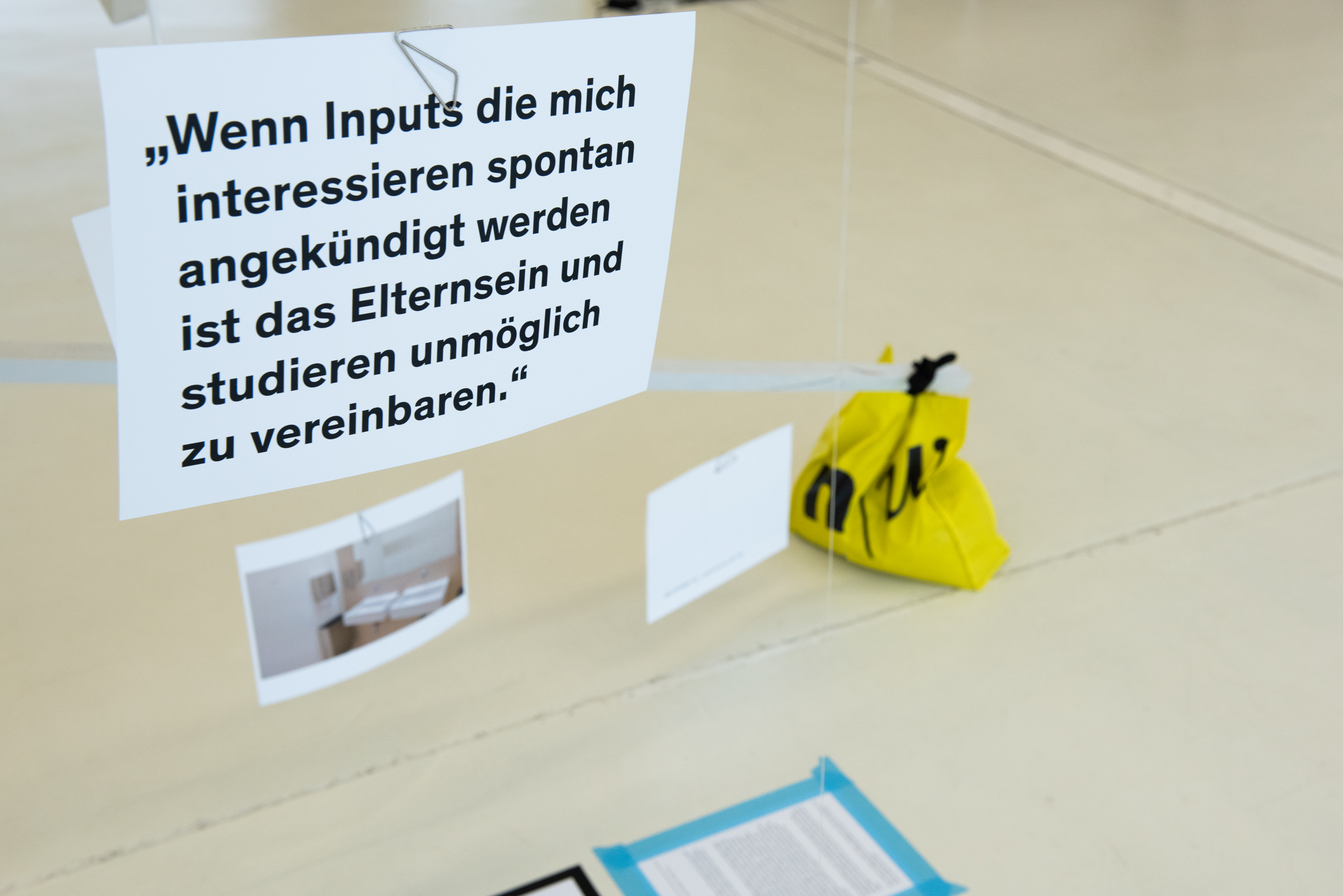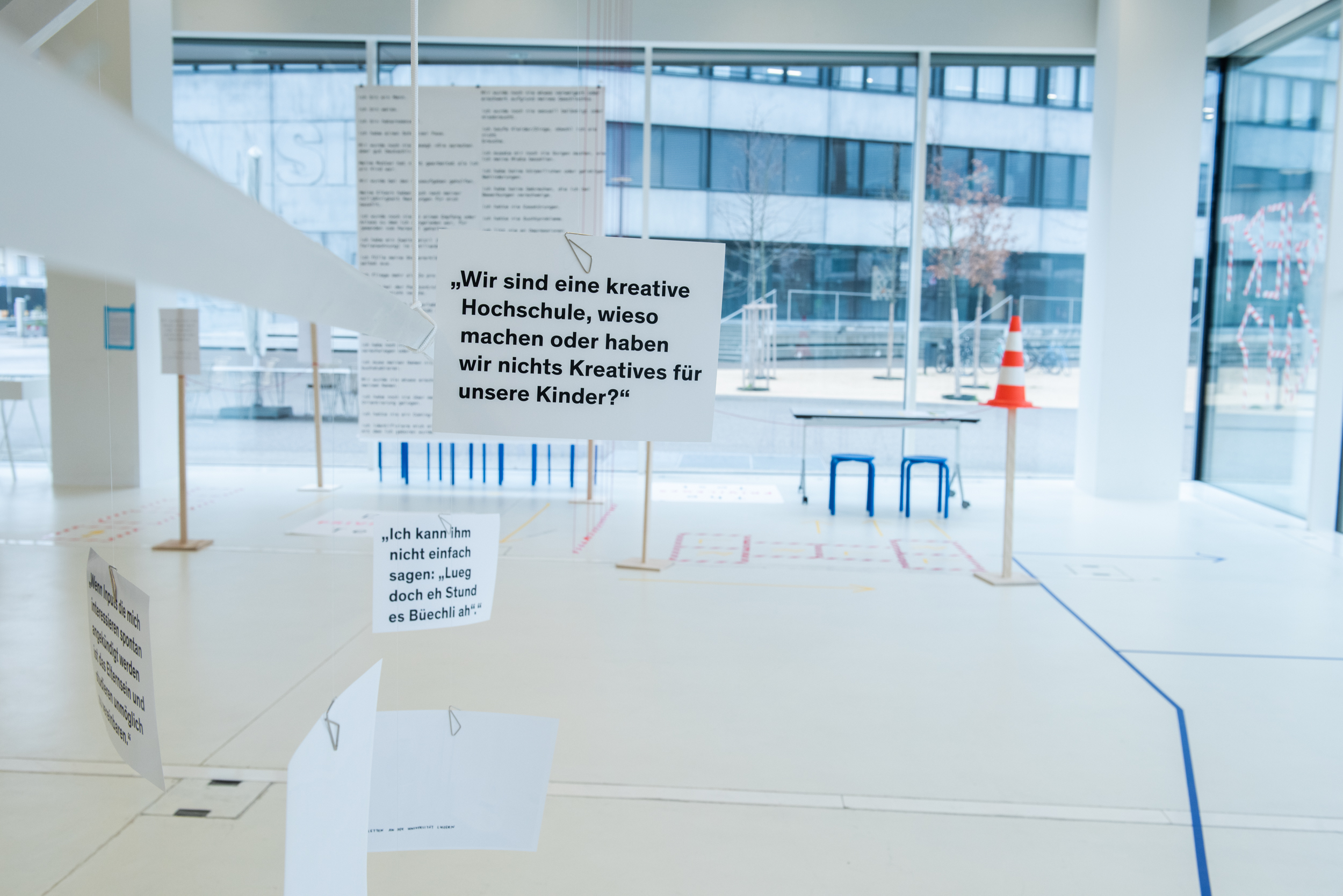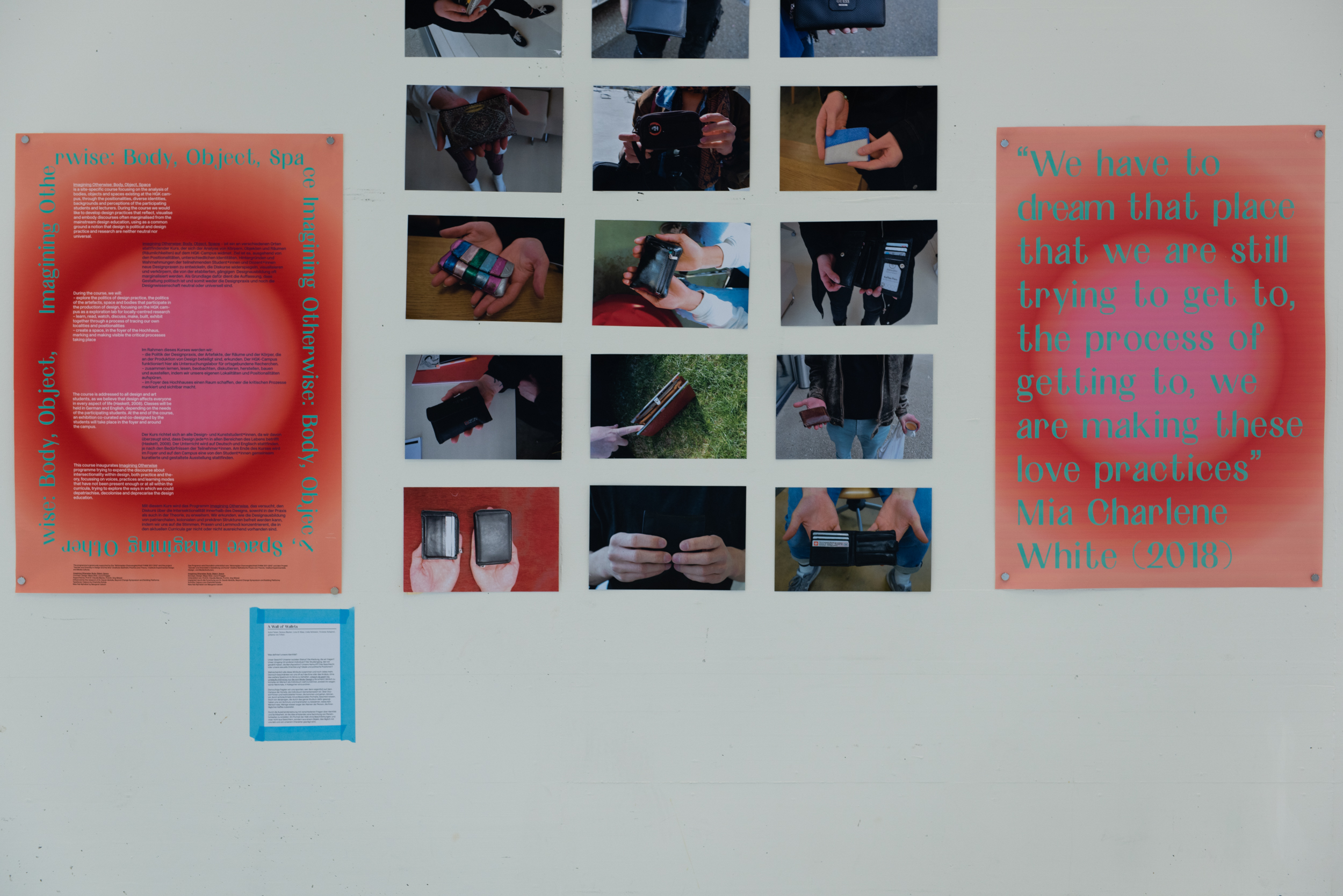“We have to dream that place that we are still trying to get to, the process of getting to; we are making these love practice” Mia Charlene White (2018)
The myth of design’s neutrality prevails and is widely accepted. Design institutions and the design community are very reluctant to address political contents and to discuss them. This state creates a false impression that design as a discipline is somehow “neutral” or “objective”. Structural and symbolic violence are inherently embedded in design , which involves creating oppressive products, spaces, objects, ideas, standards, and visual languages that further perpetuate this oppression. But how as designers, students, educators can we address these issues? How can we use our personal backgrounds, experiences in the process of ‘getting to...’? How can we unlearn the norms and rules of the only “good” design, deeply rooted in our education?
“I am not waiting for the revolution to come. I am challenging myself to see that the revolution has already arrived” Mia Charlene White (2018)
During this course, “Imagining otherwise: Body, object, space” we ask questions and look critically at the accepted norms in design, trying to use our different positionalities as womxn, as immigrants, as people of colour, as white, as men, as non–able-bodied, as queer persons, as non-binary to reflect upon broader societal issues, exploring our temporary and academic home – the campus of the HGK as the place of investigation. We try to challenge how we think about problems within our design practices.
This is not a theoretical course, though, as pointed out by researcher Mia Charlene White theory helps us understand reality. We theorize all the time, even when we discuss why we don’t like theory or why we reject it.
We have been and will be dealing with big structural problems of
- Racism
- White supremacy
- Patriarchy, Sexism
- Homophobia
- Ableism
- Classism
That can be overwhelming; we have to admit that we as individuals, as designers cannot solve these problems – despite the widely spread myth that design solves problems. However, during this class we would like to , as suggested by Mia Charlene White, participate in socially creative thinking through affirmative resistance in our daily practices.
We are open to accepting that we don’t know the answers.
We allow ourselves to say, “I don’t know the answer”
We ask, how do we respond to oppressive structures?
How do we feel about it? (Mia Charlene White, 2018)
How do we feel about design that follows very specific norms?
How do we feel about design from our countries of origin that is not classified as design, instead called craft?
How do we feel about our whiteness, our masculinity, our ability, our heteronormativity?
How do we challenge our own biases within design practice?
How do we feel about ourselves, our bodies missing from design history classes?
How do we feel about spaces in which our presence as people of color, as immigrants, is constantly questioned?
How do we feel about objects and spaces that are not designed to fit our bodies and do not answer our functional needs?
Developing the concept for this course, part of the Monday Programme enabling students from all the faculties to participate, we posed several questions: How can intersectionality inform developing curricula for design education? How theory and practice can be intertwined within the classroom? Finally, how to create a student-centred and site-specific teaching format?
As conceptualised by feminist Afro-American sociologist Kimberlé Crenshaw, intersectionality is an approach and a metaphor and exploring ways, in which it could be infused into design education, is part of the ongoing research that this course enables. Trying to bring the intersectional perspective into the students' design practices during this course, we decided to focus on three categories, strongly relating to design, and at the same time ….
Body, Object and Space each enable both very hands-on research and a theoretical one, allowing to merge theory and design practice tangibly. Having chosen the categories, we wanted to find a specific setting within which students could work. Therefore we focused on the campus of the HGK as the framework for the research through the perspective of these three categories.
Assignment
You will be working in groups since there is a transformative potential of us coming together in this space, and we want to foster exchange and collaboration.
You will choose one category: either Body, Object, or Space.
Using your personal experiences and backgrounds, you will analyze artifacts, processes, systems, objects, and structures – all products of design at the HGK Campus, through the perspective of a chosen category (namely: body, object, space)
You will be asking yourselves questions, “Who am I? And what does it mean? Why doesn’t this design serve my needs, doesn’t represent me, doesn’t function? Why does it create more problems and reinforces different oppressions, rather than providing a solution?”
During the course, you will conduct site-specific research and decide in which form you want to present if you screen it, paint it, print it, weave it, perform it, video–record it if you make a 3d model. Think about the relation between the form and the content, the medium and what is presenting. Why did you decide to paint it? Why does this technique reinforce the content that you are about to deliver?
Think also about exhibiting it and displaying it, as this research will stay in the space of the Foyer. And every week, you will add more to it, making the process accessible and visible for everyone who crosses this hall.
We will discuss your work and your research during each meeting, trying to challenge the concept that design is apolitical, neutral, objective or good. And to understand how our positionality (“The occupation of a particular position in relation to others, usually concerning issues of culture, ethnicity, or gender” Oxford Dictionary) situate us.
In the end, we will collaboratively create a display of our work. You will write a text and create a visual display of the issue you were investigating and exploring in the form of your choice, thinking about how this display will function in the Foyer, and how it relates to the content. So during your work, please reflect on the space of the Foyer as well. All forms of visual display are encouraged.
Project Descriptions
Foyer of the FHNW Academy of Art and Design in Basel main building is a white cube and an observatory at the same time, with a distinctly white floor surrounded by glass windows, letting everyone see what is happening inside. In this sense, the foyer also becomes a stage for a performance to be observed by the spectators, be them students, school workers, or random by-passers. The whiteness of the space should theoretically accept any content. It is seemingly "neutral", open for further interventions coming from different directions and bringing diverse contents. But is it accessible for everyone and everything? What contents predominate within this space? Who has the agency to produce them? Who has got access? What discourses dominated within it? What visual and formal languages prevail? How is design defined? Who designs?
During the eight-week-long course “Imagining Otherwise: Body, Object, Space”, we have been analyzing the campus of the HGK through three categories of body, object, and space, using our diverse positionalities, in groups or individually, asking questions instead of looking for answers. The works exhibited in the foyer represent individual positions and also function in dialogue with one another. Common to all positions is the confrontation with the political within the design discourse. Imagining something that does not yet exist enables us future and desire-oriented forms of reflection and action.
The created exhibition makes the research public and hacks the space of the "neutral, white cube" foyer, in an attempt to make visible, what is often marginalised, unheard and systematically omitted. The handful of projects deal with the campus's very reality, through a thorough research and question the assumed neutrality of design. With their message, the collected works are a direct juxtaposition to the foyer, and emphasize the need to broaden the political discourse within design education.
Jiongmian Chen's work questions the uniformity of Swiss typography and design education through a very personal perspective of Cantonese-speaking students, analyzing Weingart's lecture found in the school's archive. Through his research, Jiongmian Chen designs a poster in Latin and Cantonese scripts that is juxtaposed to his intimate reading of Weingart's text "How to make Swiss Typography?".
Who has got access to the HGK? What kind of keys do we have to possess to study and work at the school? Is my Swiss passport one of the keys? Or is it my magnetic card? How my identity and background influence my design work? Valentina Kobi has given up all her "keys" for a week, to analyze how they allow her access. A report of her experiences will expand the project to visibilize what privileges – represented in the form of the various keys – do we take for granted.
Parents pumping out milk in the toilets, missing baby changing tables, invisible parents, missing children.... The group Eltern@hgk has analyzed the lack among the abundance. Investigating parallelly the spaces at the campus, and talking to the students who are parents, point at the invisible, point at the void. Their white, glossy, enlarged mobile uses the very white, "clean", minimalist formal language of the foyer's and the HGK's architecture, pointing at the abyss between the "normative" model of a student (single, wealthy, childless) and those who "deviate" from it, to find their needs not fulfilled by the white, modern spaces of the campus.
Who decides how the Freilager Platz looks like? Whose needs are represented by its design? Could we imagine otherwise? In their three-dimensional collage, the students let us imagine otherwise, at the same time questioning how the current design doesn't reflect and doesn't serve the needs of the broader community of its users – the students of the HGK. The project is expanded through projects' descriptions, documenting which ideas, for how long, and under what conditions can be realised at the campus square.
Through different interventions within the space Soraya, Lora, Linda, Johanna and Vivian explore the question of privilege analysing the campus bodies. The privilege test enables self-reflection, the photographs of different hands holding wallets reflect on the type of bodies dominant at the campus, and the How privileged am I? glued using the barricade tape is a clear warning, screaming through the glass of the foyer, towards the passers-by.
Switch the point of view: story box through an audio installation, hidden in the cabin covered with textile, broadcasts the voices of students, People of Colour, unheard voices. To hear these voices, one has to make an effort, a political decision, to step into the cabin, on their own, alone, and to listen. Often, society expects the most disenfranchised, the most oppressed, to educate the dominant, privileged group about the discrimination they undergo. Aline and Rahel have chosen a different path. Through their installation design, they demand from us to make a decision, use our resources, and concentrate on hearing. Without excuses, directly in front of the main entrance to the Hochhaus.
Paulina and Conrad have dealt with the unwritten rules of the HGK, be it the aesthetic regularity, how an HGK student has to look like to be displayed in an official brochure of the university or even what materials and surfaces are found on the campus and how they affect their bodies. In their physical explorations, they were particularly interested in breaks or contradictions within buildings that evoke non-conformist behavior through architecture.
- Cléo Loulou Amacher
- Sonja Bissig
- Soraya Blumer
- Jiongmian Chen
- Willem Conrad
- Marlene Dietsche
- Lora El-Sibai
- Andrea Fässler
- Samuel Grand
- Elvira Grau
- Rahel Güntert
- Alex Herbst
- Aline Karg
- Val Kobi
- Céline Müller
- Maeve Müller
- Cheyenne Oswald
- Lara Joanna Ponta
- Anysia Rempert
- Pauline Schafferus
- Vivienne Céline Scherrer
- Linda Schraner
- Fiona Helène
- Céline Stöss
- Selina Weber
